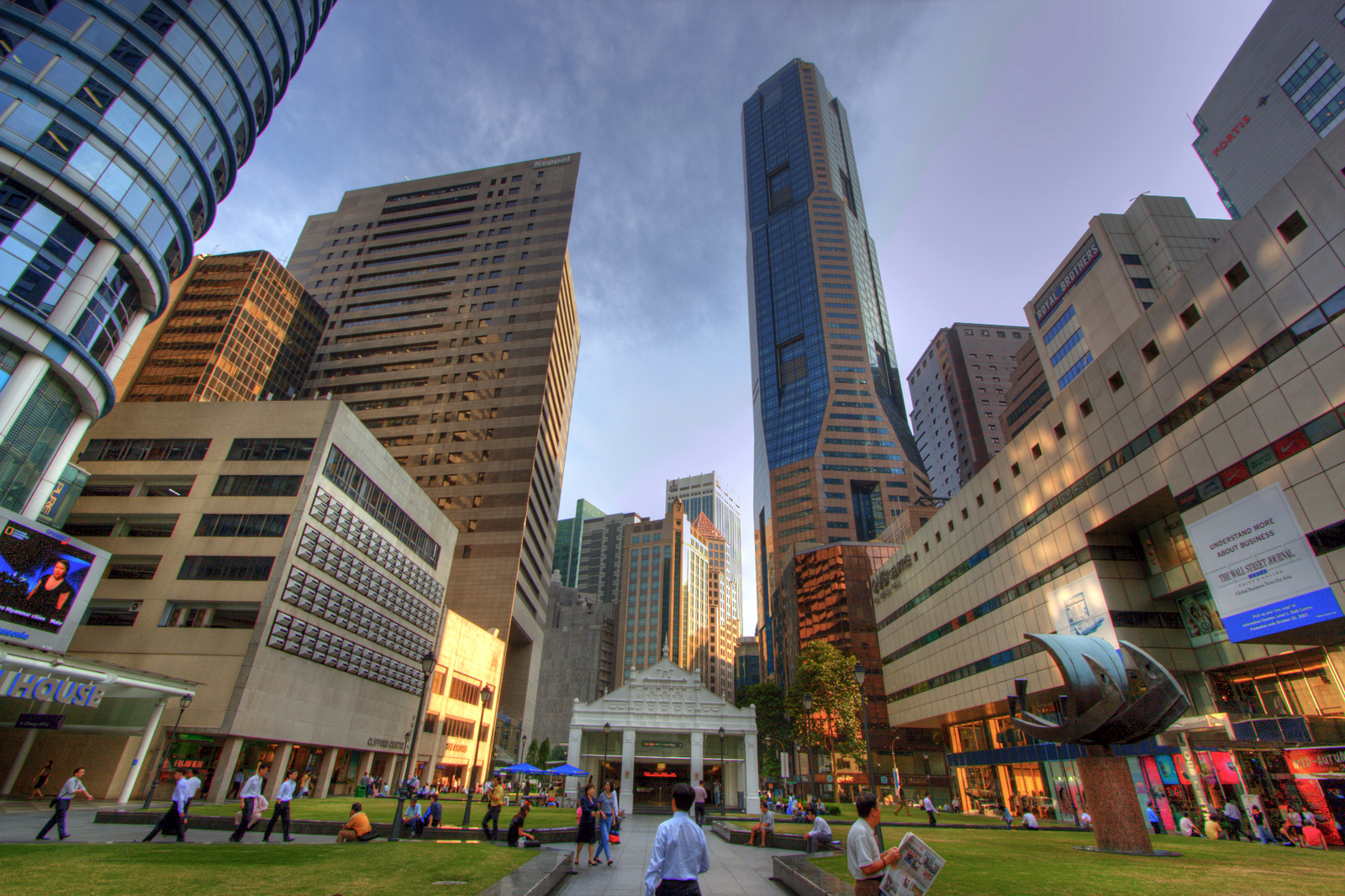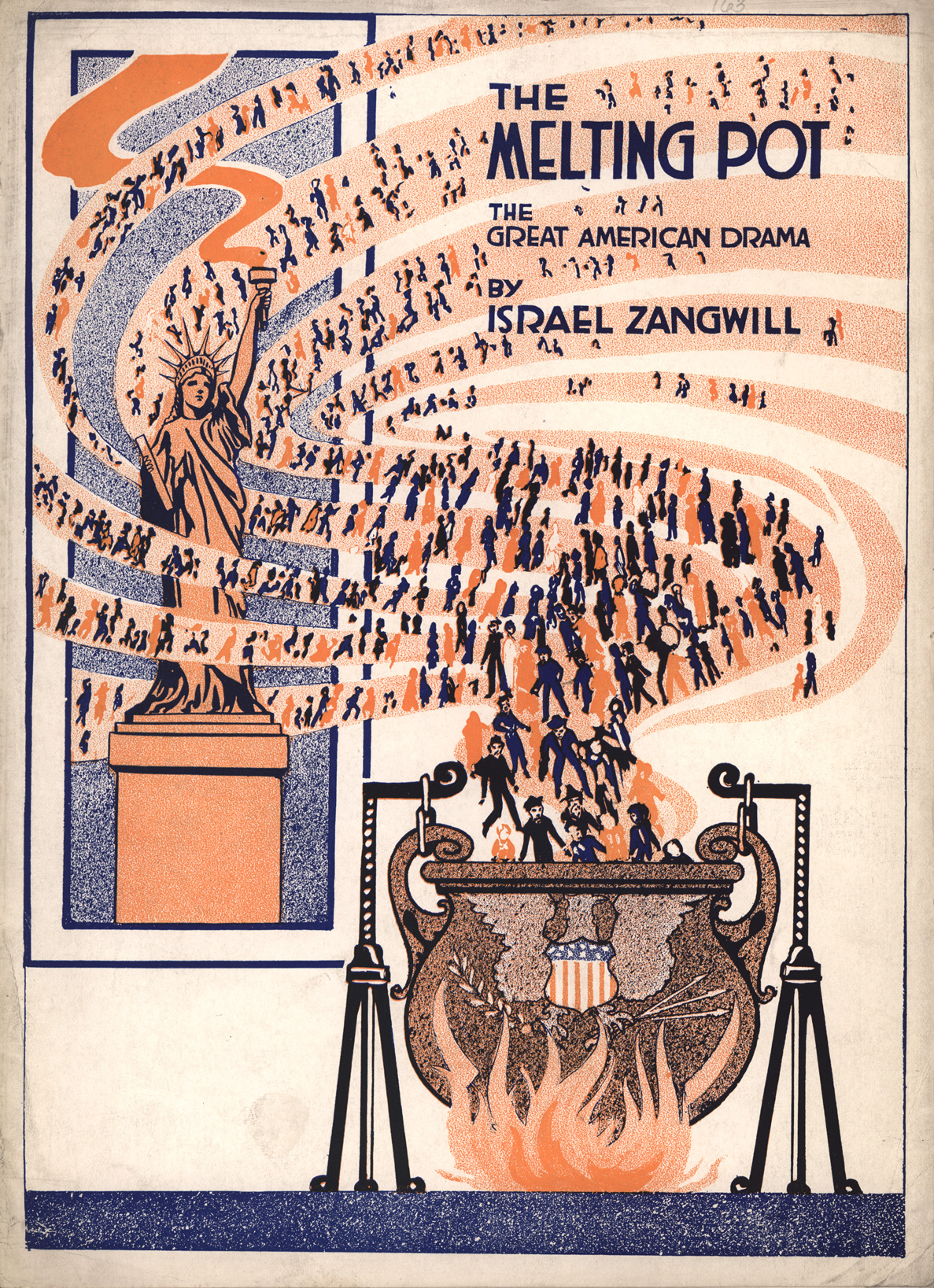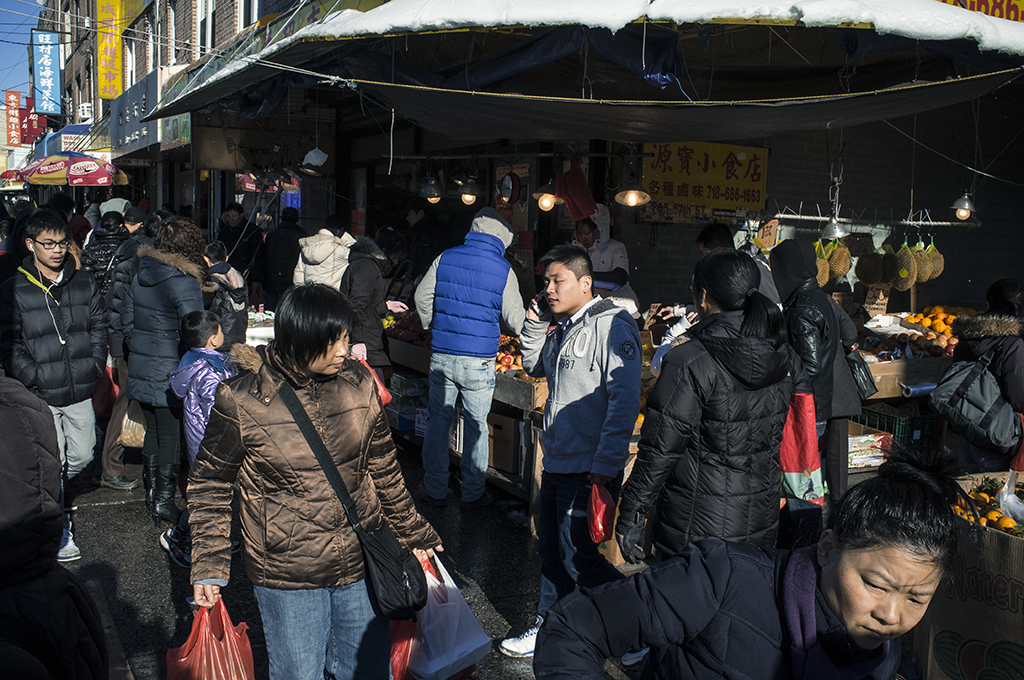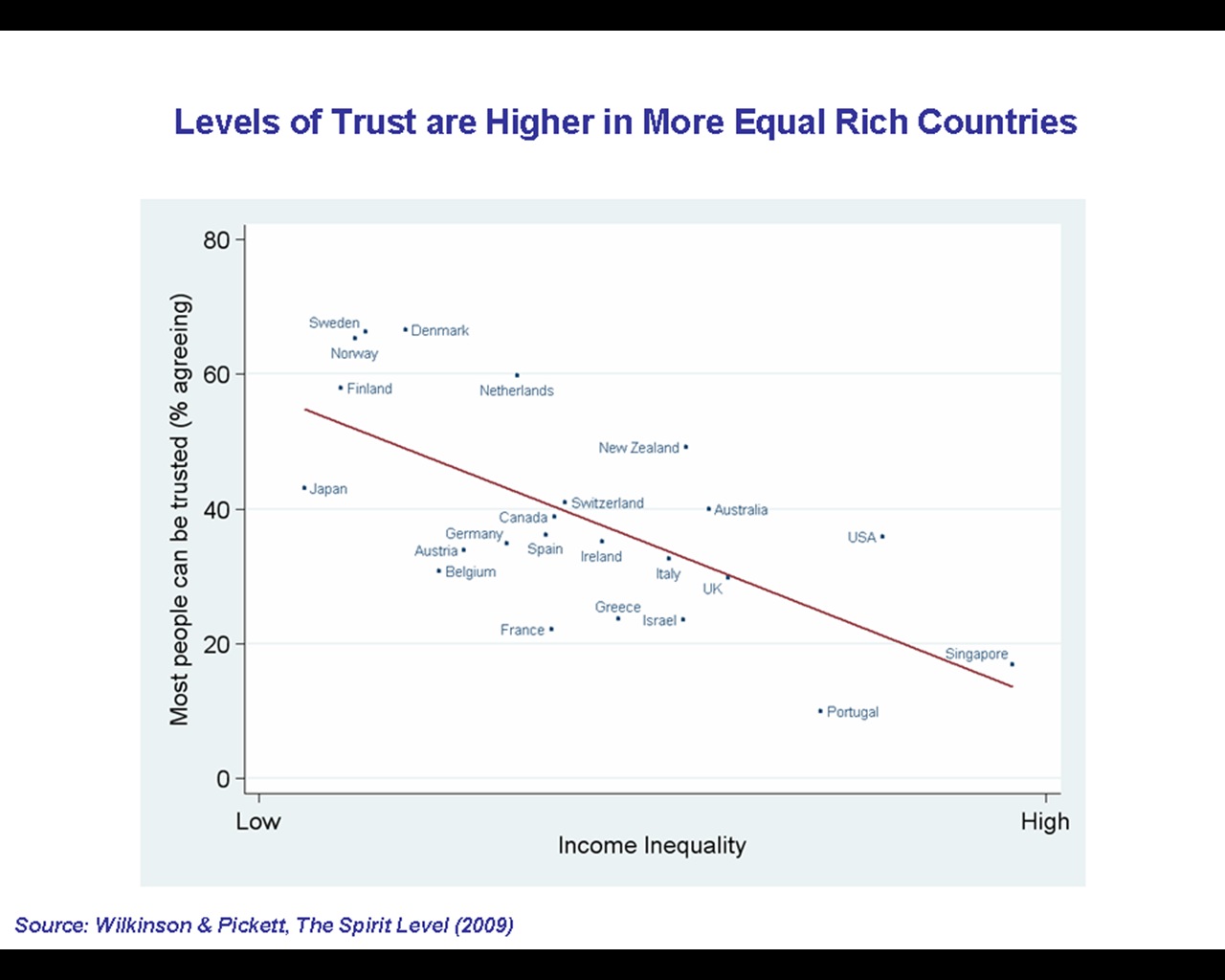|
Colloquial Singaporean Mandarin
Colloquial Singaporean Mandarin, commonly known as Singdarin or Singnese, is a Mandarin dialect native and unique to Singapore similar to its English-based counterpart Singlish. It is based on Mandarin but has a large amount of English and Malay in its vocabulary. There are also words from other Chinese languages such as Cantonese, Hokkien and Teochew as well as Tamil. While Singdarin grammar is largely identical to Standard Mandarin, there are significant divergences and differences especially in its pronunciation and vocabulary. The Singaporean government had previously discouraged the use of Singdarin in favour of Standard Singaporean Mandarin under the Speak Mandarin Campaign (SMC), as it believed in the need for Singaporeans to be able to communicate effectively with other Chinese speakers from mainland China, Taiwan or other Sinophone regions. However, such campaigns have been toned down in recent years in response to push-back by Singaporeans, expressing the uniquenes ... [...More Info...] [...Related Items...] OR: [Wikipedia] [Google] [Baidu] |
Singapore
Singapore (), officially the Republic of Singapore, is a sovereign island country and city-state in maritime Southeast Asia. It lies about one degree of latitude () north of the equator, off the southern tip of the Malay Peninsula, bordering the Strait of Malacca to the west, the Singapore Strait to the south, the South China Sea to the east, and the Straits of Johor to the north. The country's territory is composed of one main island, 63 satellite islands and islets, and one outlying islet; the combined area of these has increased by 25% since the country's independence as a result of extensive land reclamation projects. It has the third highest population density in the world. With a multicultural population and recognising the need to respect cultural identities of the major ethnic groups within the nation, Singapore has four official languages: English, Malay, Mandarin, and Tamil. English is the lingua franca and numerous public services are available only in Eng ... [...More Info...] [...Related Items...] OR: [Wikipedia] [Google] [Baidu] |
Sinophone
Sinophone, which means "Chinese-speaking", typically refers to an individual who speaks at least one variety of the Chinese language. Academic writers often use the term Sinophone in two definitions: either specifically "Chinese-speaking populations where it is a minority language, excluding Mainland China, Hong Kong, Macau, and Taiwan" or generally "Chinese-speaking areas, including where it is an official language". Many authors use the collocation Sinophone world or Chinese-speaking world to mean the Chinese-speaking world itself (consisting of Greater China and Singapore) or the distribution of the Chinese diaspora outside of Greater China. Mandarin Chinese is the most commonly spoken variety of the Chinese language today, with over 1 billion total speakers (approximately 12% of the world population), of which about 900 million are native speakers, making it the most spoken first language in the world and second most spoken overall. It is the official variety of Chinese in ... [...More Info...] [...Related Items...] OR: [Wikipedia] [Google] [Baidu] |
Raffles Place
Raffles Place is the centre of the Financial District of Singapore and is located south of the River, mouth of the Singapore River. It was first planned and developed in the 1820s as Commercial Square to serve as the hub of the commercial zone of Singapore in Jackson Plan, Raffles Town Plan. It was renamed Raffles Place in 1858 and is now the site of a number of major banks. It is located in the Downtown Core within the Central Area, Singapore, Central Area, and features some of the tallest buildings and landmarks of the country. History Beginning The founder of modern Singapore, Sir Stamford Raffles, intended Singapore to become a "great commercial Marketplace, emporium". As part of his plan, he gave instructions in 1822 that a commercial area be created on the southwest side of the Singapore River. The Garrison Engineer Lieutenant R.N. Philip Jackson (surveyor), Philip Jackson, was tasked with drawing up a Jackson Plan, Town Plan based on Raffles' instructions. This commerci ... [...More Info...] [...Related Items...] OR: [Wikipedia] [Google] [Baidu] |
Rojak
Rujak (Indonesian language, Indonesian spelling) or Rojak (Malay language, Malay spelling) is a salad dish of Javanese cuisine, Javanese origin, commonly found in Indonesia, Malaysia and Singapore. The most popular variant in all three countries is a salad composed of a mixture of sliced fruit and vegetables served with a spicy palm sugar dressing. It is often described as tangy and spicy fruit salad due to its sweet, hot and spicy dressing made from ground chili pepper, chilli, palm sugar and peanuts. There is a diverse variety of preparations, especially in Indonesian cuisine, and rujak is widely available throughout Indonesia. While the most common variant is primarily composed of fruits and vegetables, its sweet and tangy dressing is often made with shrimp paste, prawn paste. Some recipes may contain seafood or meat components, especially in Malaysia and Singapore where a notable variant shows influence from Mamak stall, Indian Muslim cuisine. Etymology Rujak is one of th ... [...More Info...] [...Related Items...] OR: [Wikipedia] [Google] [Baidu] |
Racial Harmony Day
Racial Harmony Day is a day in Singapore to celebrate its success as a racially harmonious nation. It is observed on the 21st of July every year, with most activities organised by schools and grassroots organisations, including religious groups. History First launched in 1997 by the Ministry of Education in schools, the event commemorates the 1964 race riots which took place on 21 July 1964 when Singapore was still part of Malaysia (1963–1965), in which 22 people lost their lives and hundreds were severely injured. There were numerous other communal riots and incidents throughout the 50s and 60s leading to and after Singapore's independence in August 1965. Racial Harmony Day has since expanded its reach. Today, grassroots organisations such as the People’s Association and the Community Development Councils are also involved. Schools On this day, students in schools across the nation are encouraged to be dressed in other cultures' traditional costumes such as the Cheongsam, t ... [...More Info...] [...Related Items...] OR: [Wikipedia] [Google] [Baidu] |
Melting Pot
The melting pot is a monocultural metaphor for a heterogeneous society becoming more homogeneous, the different elements "melting together" with a common culture; an alternative being a homogeneous society becoming more heterogeneous through the influx of foreign elements with different cultural backgrounds, possessing the potential to create disharmony within the previous culture. It can also create a harmonious hybridized society known as cultural amalgamation. Historically, it is often used to describe the cultural integration of immigrants to the United States. A related concept has been defined as "cultural additivity." The melting-together metaphor was in use by the 1780s.p. 50 See "..whether assimilation ought to be seen as an egalitarian or hegemonic process, ...two viewpoints are represented by the melting-pot and Anglo-conformity models, respectively" The exact term "melting pot" came into general usage in the United States after it was used as a metaphor describ ... [...More Info...] [...Related Items...] OR: [Wikipedia] [Google] [Baidu] |
Housing Development Board
The Housing & Development Board (HDB) (; ms, Lembaga Perumahan dan Pembangunan; ta, வீடமைப்பு வளர்ச்சிக் கழகம்) or often referred to as the Housing Board, is a statutory board under the Ministry of National Development responsible for Singapore's public housing. Founded in 1960 as a result of efforts in the late 1950s to set up an authority to take over the Singapore Improvement Trust's (SIT) public housing responsibilities, the HDB focused on the construction of emergency housing and the resettlement of kampong residents into public housing in the first few years of its existence. This focus shifted from the late 1960s, with the HDB building flats with improved fittings and offering them for sale. From the 1970s, it initiated efforts to improve community cohesion in its estates and solicit resident feedback. In the 1990s and 2000s, the HDB introduced upgrading and redevelopment schemes for mature estates, as well as new ... [...More Info...] [...Related Items...] OR: [Wikipedia] [Google] [Baidu] |
Ethnic Enclaves
In sociology, an ethnic enclave is a geographic area with high ethnic concentration, characteristic cultural identity, and economic activity. The term is usually used to refer to either a residential area or a workspace with a high concentration of ethnic firms.Portes, Alejandro, and Leif Jensen. "Disproving the Enclave Hypothesis: Reply." ''American Sociological Review''. Vol. 57. no. 3 (1992): 418-420. Their success and growth depends on self-sufficiency, and is coupled with economic prosperity. The theory of social capital and the formation of migrant networks creates the social foundation for ethnic enclaves. Douglas Massey describes how migrant networks provide new immigrants with social capital that can be transferred to other tangible forms.Massey, Douglas S. "Annals of the American Academy of Political and Social Science." Annals of the American Academy of Political and Social Science. Vol. 510. World Population: Approaching the Year 2000 (Jul., 1990): pp. 60. As immigr ... [...More Info...] [...Related Items...] OR: [Wikipedia] [Google] [Baidu] |
Group Cohesiveness
Group cohesiveness (also called group cohesion and social cohesion) arises when bonds link members of a social group to one another and to the group as a whole. Although cohesion is a multi-faceted process, it can be broken down into four main components: social relations, task relations, perceived unity, and emotions. Members of strongly cohesive groups are more inclined to participate readily and to stay with the group. Definition From Neo-Latin and French , in physics, cohesion means "the force that unites the molecules of a liquid or of a solid". Thereby, there are different ways to define group cohesion, depending on how researchers conceptualize this concept. However, most researchers define cohesion to be task commitment and interpersonal attraction to the group. Cohesion can be more specifically defined as the tendency for a group to be in unity while working towards a goal or to satisfy the emotional needs of its members. This definition includes important aspects of c ... [...More Info...] [...Related Items...] OR: [Wikipedia] [Google] [Baidu] |
Singlish
Singlish (a portmanteau of ''Singapore'' and ''English'') is an English-based creole language spoken in Singapore. Singlish arose out of a situation of prolonged language contact between speakers of many different languages in Singapore, including Hokkien, Malay, Teochew, Cantonese and Tamil. Singlish originated with the arrival of the British and the establishment of English-medium education in Singapore. Elements of English quickly filtered out of schools and onto the streets, resulting in the development of a pidgin language spoken by non-native speakers as a lingua franca used for communication between speakers of the many different languages used in Singapore. Singlish evolved mainly among the working classes who learned elements of English without formal schooling, mixing in elements of their native languages. After some time, this new pidgin language, now combined with substantial influences from Indian English, Peranakan, southern varieties of Chinese, Malay, and Tami ... [...More Info...] [...Related Items...] OR: [Wikipedia] [Google] [Baidu] |
Woodlands Town Park East, Singapore, Looking North Towards Marsiling Rise
Woodlands may back refer to: * Woodland, a low-density forest Geography Australia * Woodlands, New South Wales * Woodlands, Ashgrove, Queensland, a heritage-listed house associated with John Henry Pepper * Woodlands, Marburg, Queensland, a heritage-listed house associated with Thomas Lorimer Smith * Woodlands, Western Australia * Woodlands, East Maitland, New South Wales, a heritage-listed residence * Woodlands, Newcastle, New South Wales, a heritage-listed house Canada * Woodlands, Calgary, a neighbourhood in Alberta, Canada * Woodlands County, a municipal district in Alberta, Canada * Woodlands, North Vancouver * Woodlands, Ontario * Woodlands, Manitoba * Woodlands (New Westminster), a former psychiatric hospital in British Columbia * Rural Municipality of Woodlands, a rural municipality in Manitoba Singapore * Woodlands, Singapore * Woodlands MRT station * Woodlands North MRT station * Woodlands South MRT station * Woodlands Bus Interchange * Woodlands Train Checkpoint * ... [...More Info...] [...Related Items...] OR: [Wikipedia] [Google] [Baidu] |
Singapore English
Singapore English (SgE, SE, en-SG) (similar and related to British English) is the set of varieties of the English language native to Singapore. In Singapore, English is spoken in two main forms: Singaporean Standard English (indistinguishable grammatically from Standard British English) and Singapore Colloquial English (better known as Singlish). Singapore is a cosmopolitan city, with 37% of its population born outside the country. Singaporeans, even those of the same ethnic group, have many different first languages and cultures. For example, in 2005, among Chinese Singaporeans, over a third spoke English as their main language at home while almost half spoke Mandarin, and the rest spoke various mutually unintelligible varieties of Chinese. In the Indian community, most Singaporeans of Indian descent speak either English or a South Asian language. The English language is now the most popular medium of communication among students from primary school to university. Many fam ... [...More Info...] [...Related Items...] OR: [Wikipedia] [Google] [Baidu] |





